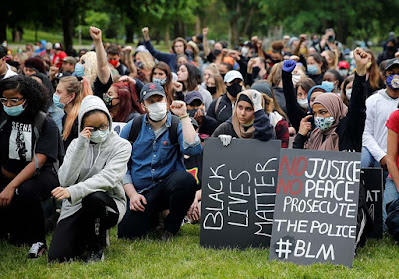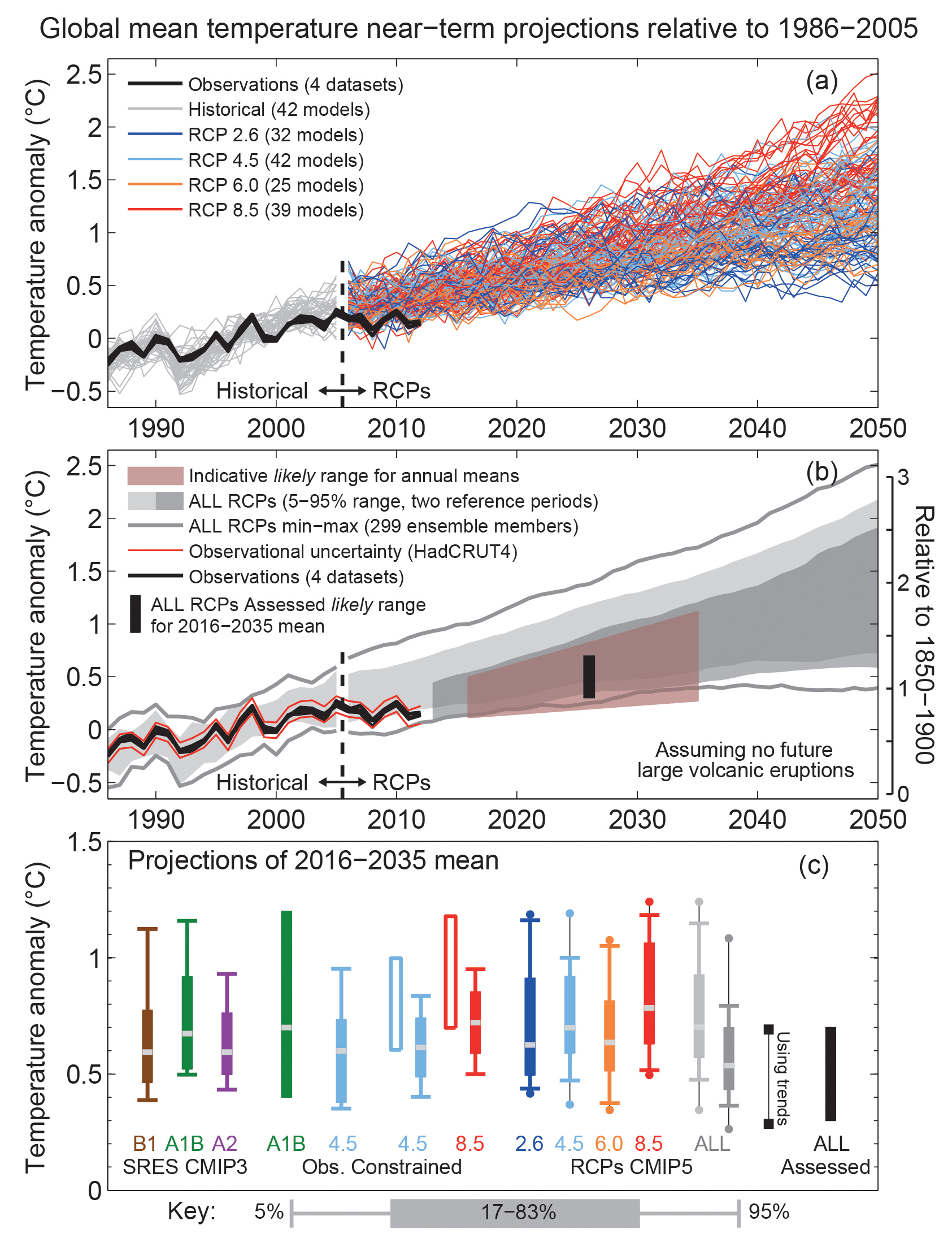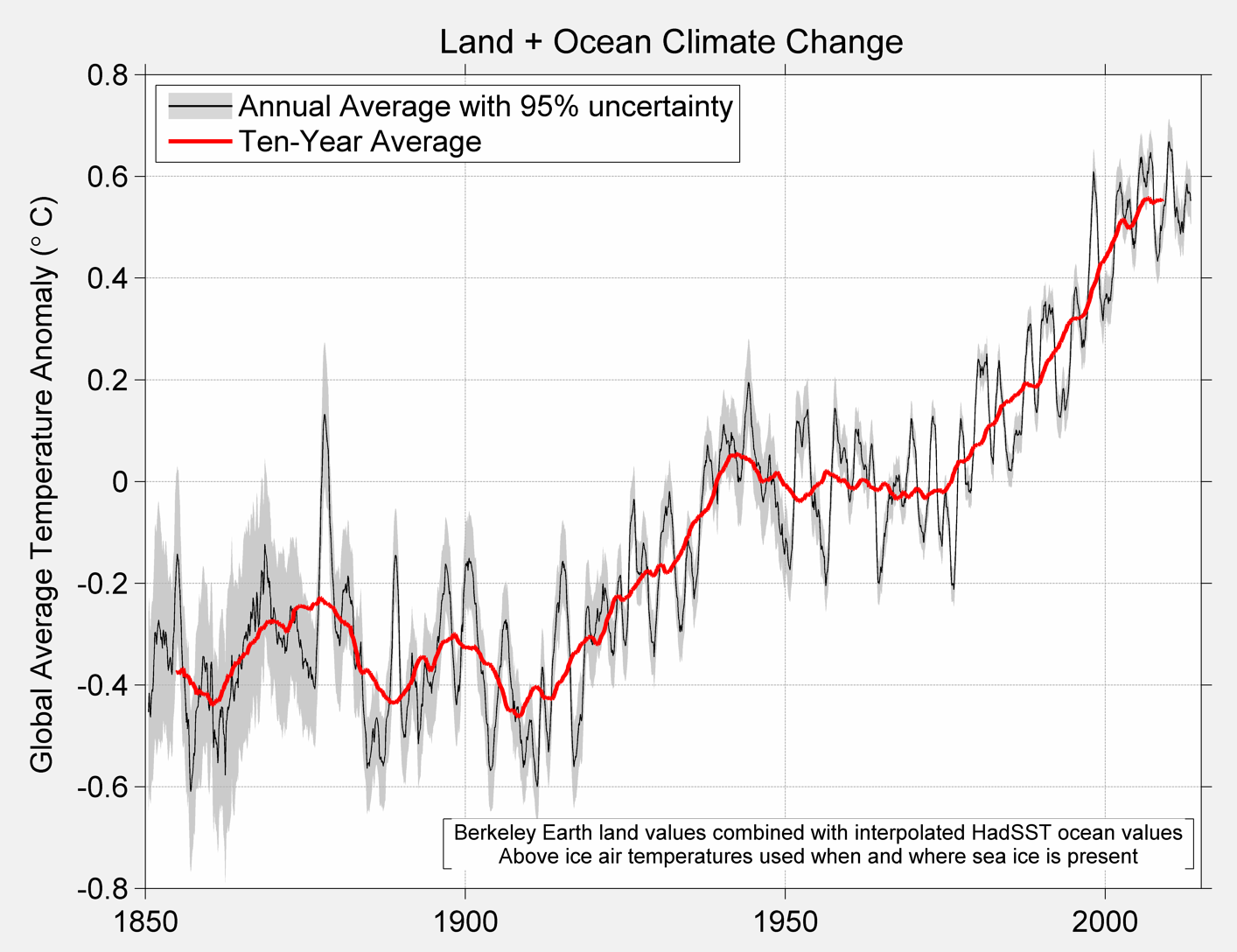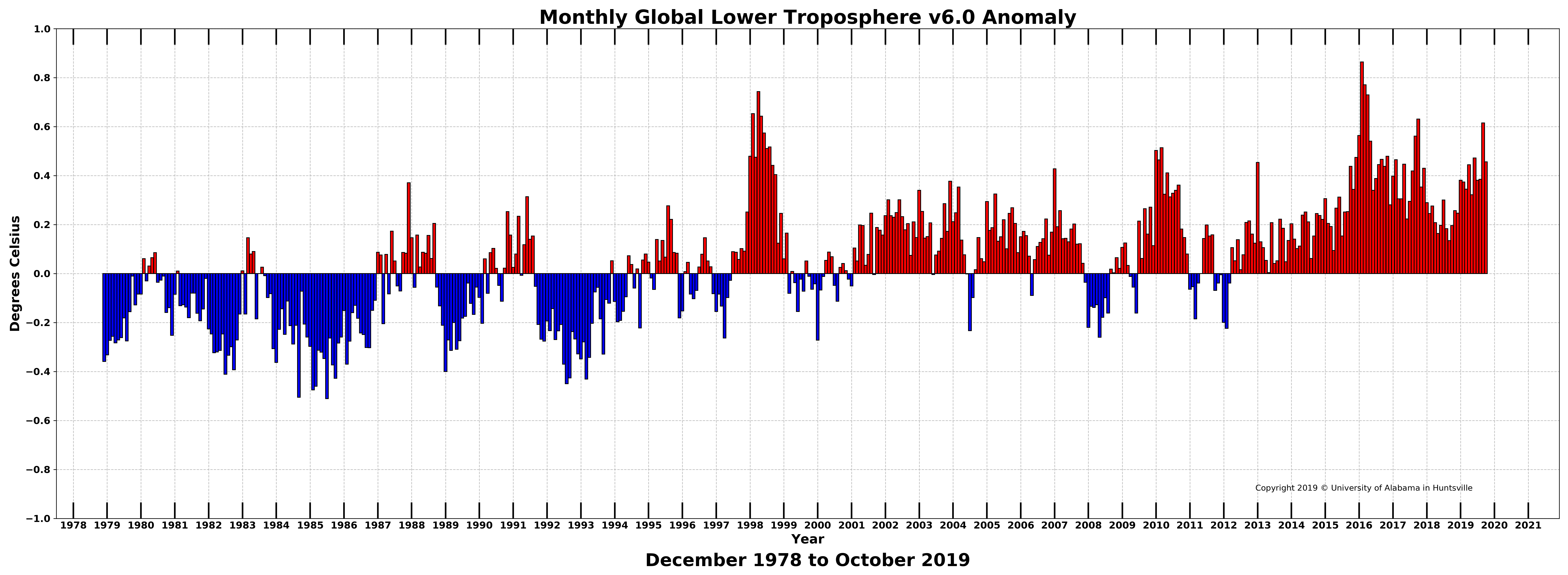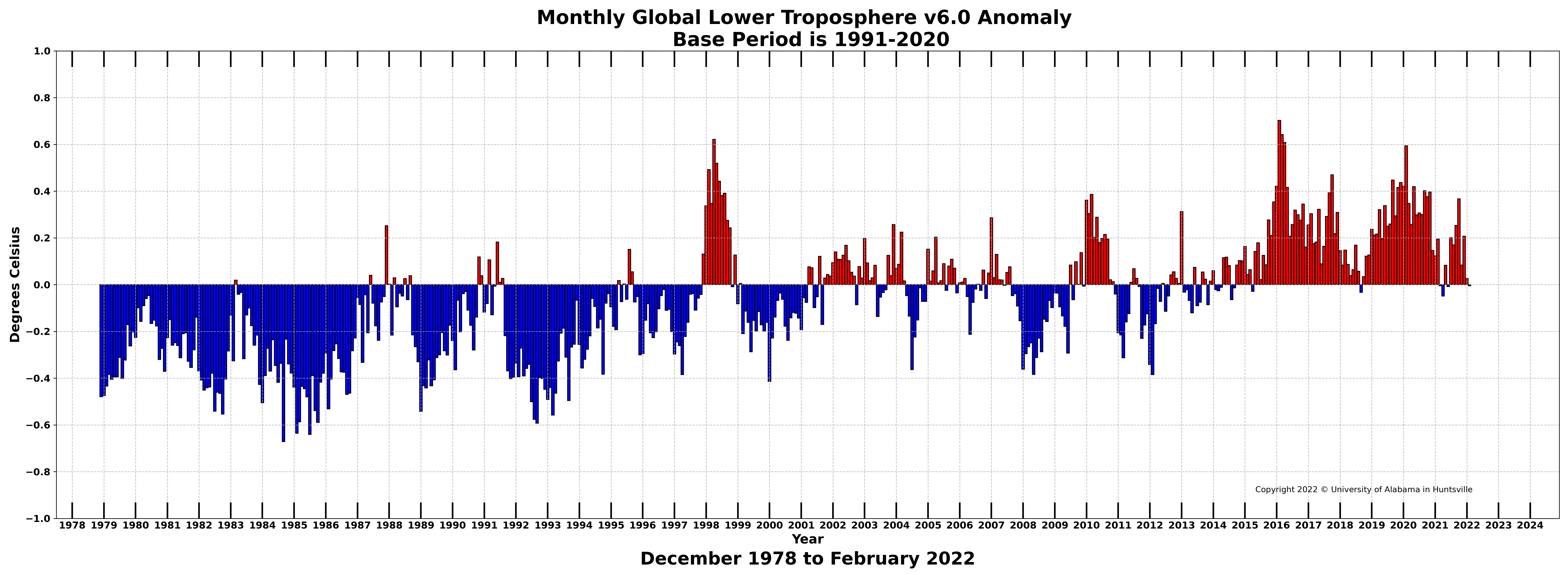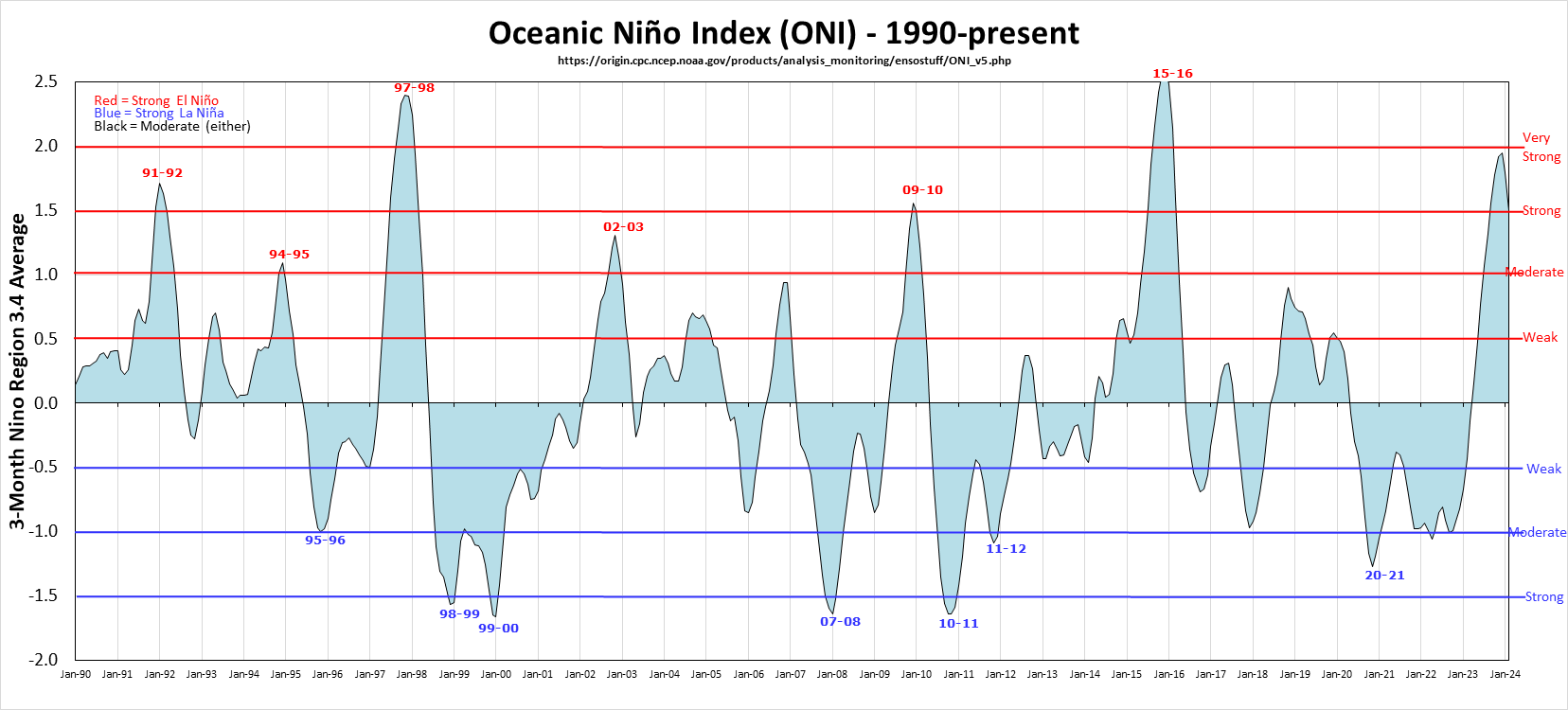What you think you know about racially-motivated profiling, harassment, and use of deadly force by the police is probably wrong. It's understandable that when you watch a horrifying video of someone dying while being detained by police it immediately triggers strong emotions, but if you take a step back emotionally and consider the larger story about systemic racism being told by Black Lives Matters and others, you'll discover that it's not true. Worse, it's dangerous to race relations and civil society, as we've witnessed over the last couple months of rioting.
In the current climate, when passions substitute for reasoned discussion, it's important to recognize that the truth is often upsetting, especially when it repudiates a narrative that you believe and feel strongly about. Social media and mainstream media have inflamed those passions and anyone who argues against the narrative is called racist, is denounced, cancelled, or doxed. Calling people names ("racist!") is the lowest level of the hierarchy of disagreement (from the essay by Paul Graham about "How to Disagree"). It's childish; something that thoughtful, self-correcting, disciplined people grow out of as they mature. Unfortunately, it's the main mode of argument in the media today.
The Truth about Crime, Race, and Policing
If you're willing to consider a refutation of the central points of the Black Lives Matters movement,
Heather Mac Donald makes a compelling case, backed up with studies and crime and policing data. Her central argument is that "
police activity must be measured against crime, not population ratios."
BLM and their sympathizers measure police activity by population ratios so it looks like black people are being disproportionately targeted. What they neglect to mention is that, based on decades of crime data, black men also
disproportionately commit violent crimes. The sad truth is that, almost exclusively,
blacks are also the victims of those violent crimes; a glaring, tragic fact that Black Lives Matters and their ilk always ignore.
When confronted with this inconvenient truth, race-baiters claim that the data is wrong because black men are arrested and convicted of crimes more often than, for example, white men; and the reason for that, they say once again, is systemic racial bias by law enforcement. If that were true, crime would be rampant in white communities, but in fact the opposite is true. It is inner-city, minority-dominated communities that have the highest rates of violent crime. Accepting this fact is the beginning of understanding what the real solutions to the disparity in crime between racial and ethnic groups might be.
"Defunding the police," which charitably means "reallocating or redirecting funding away from the police department to other government agencies funded by the local municipality" as
many have suggested,
would make the problem far worse, as is almost invariably the case with Leftist thought experiments when turned into policy. Decades of crime data show that, for example the "broken windows" policy of policing advocated by former New York Mayor Rudy Giuliani and
increasing police forces reduces crime (
see here).
Here are several links to Heather Mac Donald's testimony, articles, and video which go into detail about the points summarized above.
Testimony delivered to the House Judiciary Committee Oversight Hearing on Policing Practices and Law Enforcement Accountability, June 10, 2020 (link to hearing
here):
Testimony at House Judiciary Committee Oversight Hearing on Policing Practices, September 19, 2019 (link to hearing
here):
Here is one of the many studies that Heather Mac Donald refers to:
When you look at the FBI crime data and the socioeconomic data, the reasons for the large disparity in crime rates begin to suggest themselves; factors like high percentage of single-family homes without a father, high unwed pregnancy rates, high drug use, low educational achievement; all of which contribute to higher rates of poverty. These factors are common to areas of high crime regardless of race or ethnicity. Leftists suggest that reducing poverty would reduce crime because there is an obvious correlation, but they fail to notice that poverty is a symptom of poor choices, not just something you accidentally get, like an infection, and that crime is also a symptom of poor choices. Solving the underlying cycle of poor choices is the best cure for the inevitable results of those poor choices.
Bill Cosby, before his own poor choices shackled him, was a vocal advocate for making cultural and personal changes in inner-city communities to end the cycle of poverty and violence.
Here are some links to crime data.
The Expanded Homicide Data Tables shows data broken down by race, ethnicity, and gender:
Systemic racism in the U.S. today is (almost) non-existent
While adding #blacklivesmatter to a social media post is intended to express someone's anger at the supposed widespread and systemic oppression, persecution, and disenfranchisement of the black community, it instead continues to spread the false narrative that any of this is really happening. Reviewing the links above will show that none of this is true.
Certainly there are jerks who treat others badly, even in law enforcement, but they are few. Calling them "racists" feeds the false narrative of BLM and others that there is widespread racism in the U.S. today. In fact, the perpetrators are simply jerks. And when they are caught, they are prosecuted, as has happened to several police officers who abused their position. That's the beauty of having laws and enforcing them. Letting the legal system work to punish perpetrators is far better for civil society—to protect people, their property, and their freedoms—than letting mobs judge and punish.
There are laws against racism in the U.S. and the systemic racism in government at many levels and in many states that existed until the 1960's was long ago purged with the passage of the
Civil Rights Act of 1964. We live in a time of vastly improved race relations, and the situation continues to improve every year. It has happened because Americans are increasingly racially diverse and more tolerant of each other. Even during the worst periods of exploitation of black people in the era of Southern Slavery and the Jim Crow South (both of which were supported and defended by the Democratic Party of the time), most Americans were against slavery and racism.
The reduction in racism and improvement in race relations in recent decades didn't come from the efforts of recently "woke" so-called "social justice warriors". It was happening long before they proclaimed themselves the modern-day saviors of racial minorities. In fact, the selective outrage of the Leftist mob that sees racism, sexism, homophobia, xenophobia, and bigotry everywhere
—even (mostly) where there is no evidence of it; simply a difference of opinions
—has actually caused a
deterioration of race relations, and their call to have a "national conversation" about whatever is the topic de jour is actually the opposite and has worsened civil discourse. What they mean by "national conversation" is a one-sided lecture. It's not a "conversation" when one side shouts down the other and refuses to listen to their legitimate objections. Leftists and the Democratic Party use racism as a way to inflame passions and attract voters. It's another sad chapter in the exploitation of black Americans, something the Democratic Party has been doing ever since its founding. It's also evidence of the frequent implicit bias of
Leftists who project their own racism onto others, as Ami Horowitz has demonstrated in his video "How white liberals really view black voters"
(see here).
If you weren't already aware of the way Democrats distort, slander, and lie about the views of Americans who oppose their exploitation of race relations, have a look at the way Candace Owens was treated and misquoted by them in a House hearing:
For several minutes Democrats distort and lie about what Candace Owens said, then when she is allowed to respond (
see here), Chairman Jerrold Nadler once again distorts what she says.
The mainstream media is complicit in these distortions. If you take what the mainstream media reports at face value you are seriously misinformed. They have increasingly cast aside all pretense of neutrality and spin their reporting to suit the narrative of the Democratic Party, of which most of the media are either members or are sympathetic to their platform.
Black Lives Matter Exposed
Many people who sympathize with #blacklivesmatter probably don't hold the views of the formal Black Lives Matter organization, but they also probably don't know what those views are.
Here are some videos












